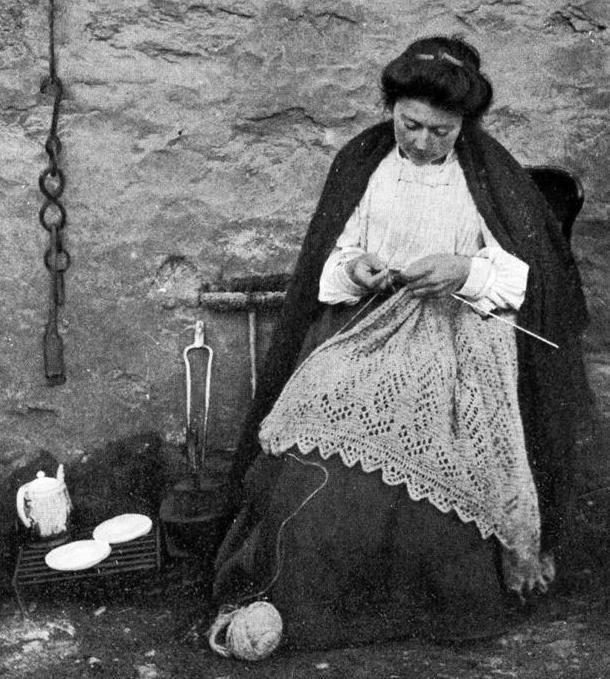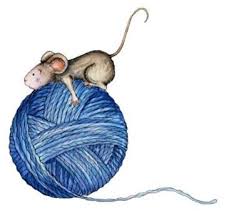Knitting History. Part 3.
Hello, everyone!
So, let's continue learning about knitting history.
Knitting Guilds in Europe
The first was set up during the Middle Ages and for men only. Men’s knitting guilds timelines cover the 1200s-1700s, declining in the mid 16th century as they became less important.
If young men wanted to work in a guild and become a Master Knitter, well, needless to say, it was a huge commitment. They would spend six years in training. Women could not be members.
Three years spent as a trainee and the remaining three traveling to different countries searching for new techniques and patterns.
To knitters like you and us, that seems like the dream life. Provided it was in our century, of course. 🙂 As you already can imagine, Middle-age guilds weren’t exactly a walk in the park.
Working environments wouldn’t have included central heating or cooling!
After finishing those six long years of study, the apprentice would return home and undergo an exam to gain entrance finally.
The test consisted of making a felted cap, a pair of stockings or gloves, a garment, a shirt or waistcoat, and the most time-consuming item: a knitted carpet!
Apprentices had 13 weeks to finish the exam. They would be judged on their mastery, level of skill, artistry, and good taste. I’m glad the tests in my education weren’t that intense.

